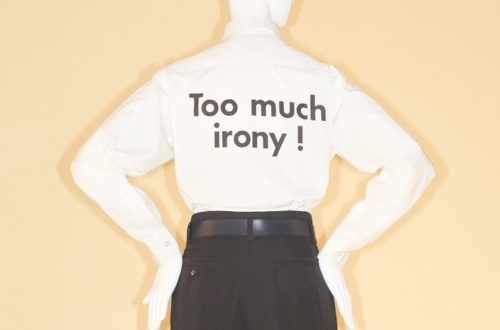In many parts of the world, the conclusion of Halloween celebrations signifies not an ending, but the start of an even more exciting holiday season: Christmas! The merriment that accompanies the holiday is not reserved for children and families, because for most retailers, the winter holidays represent a significant proportion of their sales. It’s a period of joy for everyone involved, and since its inception around 1808, the gift-giving ritual has evolved into a massive retail opportunity that has significant implications for businesses.
The National Retail Federation (NRF), an American retail trade association, considers the ‘winter holidays’ as the period between November 1st and December 31st. In the United States, these 61 days include Thanksgiving, which is followed by Black Friday and Cyber Monday. While the concepts of Black Friday and Cyber Monday have also become phenomena across the rest of the world in recent years, they still remain experienced at maximum intensity in the U.S. Two other celebrations in the winter holiday period that also include gift-giving are Hanukkah and Kwanzaa, but these are yet to reach the same international exposure as Black Friday or Christmas. All in all, the winter holidays are a source of abundant revenues for retailers and stores, but to what extent?
A report on Statista forecasts that consumer spending in the U.S. in 2017 during the winter holidays will reach a total of 796 billion USD. This value far exceeds the estimate for any other holiday, the runner up (back to school/college) falling very short at just 83.6 billion USD. Another finding contained in the search was that 20% of annual retail sales stem from the winter holiday season. The NRF details separately that this value is higher for jewelry stores, who on average made 27.4% of their sales during the winter holiday season in 2015.

Very recent statistics released by the NRF (on November 28, 2017) provide data regarding consumer behaviors over the recent Thanksgiving weekend (November 23-27) in the U.S. The report announces that more than 174 million Americans shopped online and in stores, and that the average spending per person over the holiday was $335.47, with $250.78 of it specifically on gifts. 51.6 million shopped in-store only, 58.4 million shopped online only, and 64.6 million shopped both in-store and online. “The multichannel shopper spent $82 more on average than the online-only shopper, and $49 more on average than those shoppers who only shopped in stores,” reports the NRF. Furthermore, it is mentioned in a separate NRF report that on average, U.S. consumers will spend $967 this winter holiday season: $608 on gifts, $218 on candy, food, decorations, and other holiday purchases, and $141 on other non-gift purchases for themselves and their families.

The NRF expects that this will mark an increase of 3.6% to 4.0% in winter holiday sales this year. “On average, holiday sales have increased 2.5 percent for the last 10 years” mentions the NRF report. Some retailers, such as Macy’s, continue to view the winter holiday season with confidence, and as an opportunity to demonstrate a strong performance that could make up for weaker sales in earlier months. In September 2017, Macy’s announced that it would be hiring up to 80,000 seasonal workers, and on December 1st increased this number by 7,000 after success on Black Friday. However, a dark cloud looms over many other retailers in the form of e-commerce. While the NRF estimates that retailers will hire 500,000 to 550,000 seasonal workers this winter, this is a fall from last year, when 575,000 workers found temporary employment. This decrease reflects a trend that began in 2013, when the increase in seasonal workers reached a maximum since 2003, at a level of 764,750.


This pattern should concern both employees and the retailers, since this is an indisputable sign of consumer behavior shifting towards e-commerce. In fact, when asked, “Where do you plan to purchase holiday items this year?”, 59% of respondents answered ‘online’, beating out ‘department stores’, which 57% of respondents selected.

As online shopping increasingly provides perks such as free shipping, deals, reviews, the ability to compare prices, and the absence of frenzied shoppers, it will get more and more difficult for brick-and-mortar retailers to compete. Judging by the percentage breakdown of Black Friday shoppers’ channels, retailers still have some time, but it will eventually run out. Will stores manage to catch up in time, or even at all?
by Yongjia Cheng






